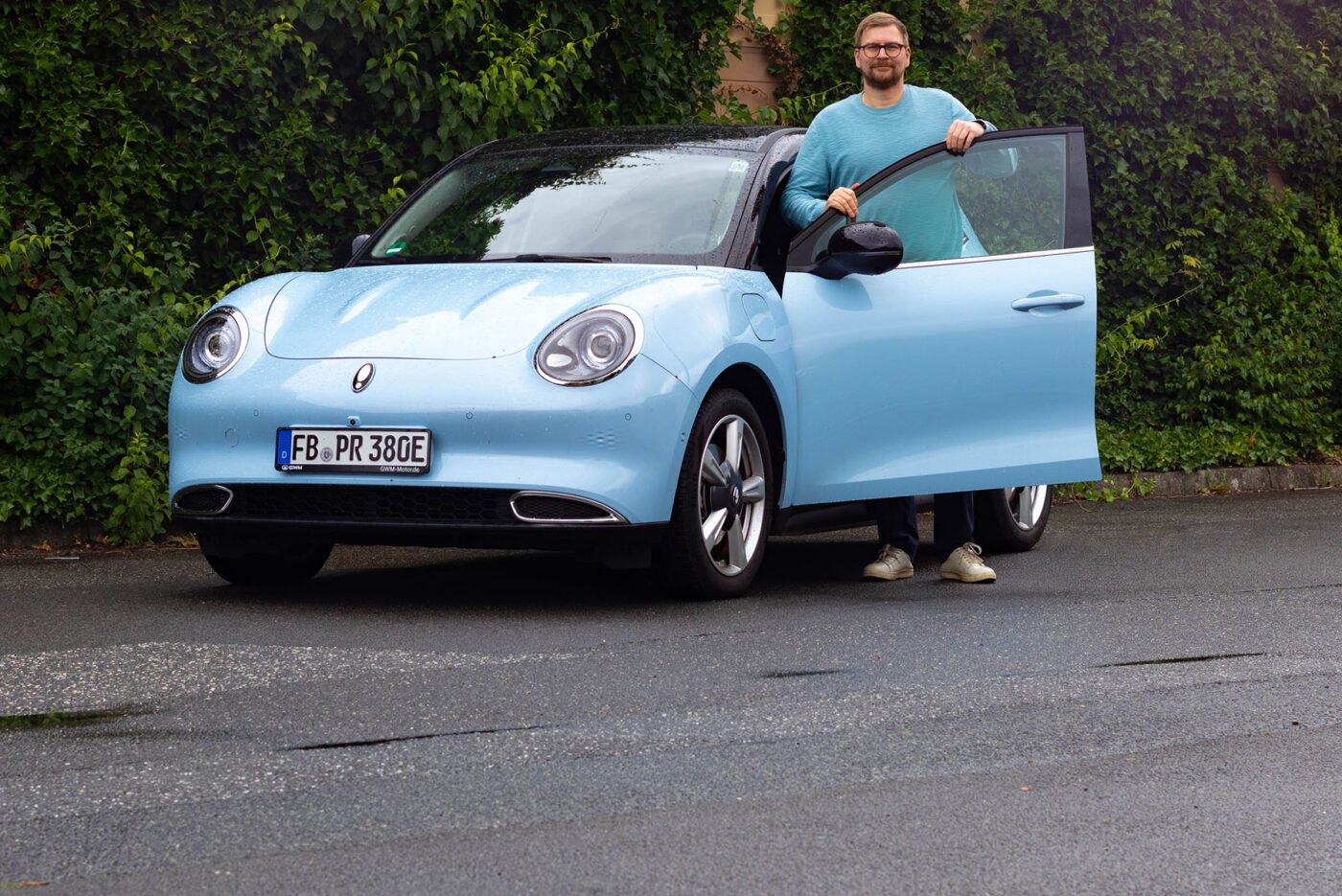
GWM Ora 03 in the test: Compact electric speedster with retro charm
The first model of the Chinese Great Wall Motor (GWM) brand was initially called the Funky Cat. The model is now only sold under the name GWM Ora 03. With the renaming, Great Wall wants to “increase its visibility” and “make it easier for customers to differentiate between the products.” Or perhaps they just want to appear less funky and more serious.
As unusual as the name was by European standards, the design is still special. Great Wall advertises the compact electric car in ID.3 format as an urban lifestyle vehicle with a futuristic retro design. What the pictures already suggested at the premiere proved to be true, as it had during our first test drive in the spring of 2023.
Space miracle with retro charm
Although the Ora 03 has external dimensions of around 4.24 metres long, 1.83 metres wide and 1.60 metres high, the electric car looks very compact – thanks to its shape. Although GWM certainly wants to address similar target groups with this model as the BMW brand Mini or Fiat with the 500, the vehicles are in entirely different classes. In the compact class, the Ora 03 has to compete with models such as the VW ID.3 or MG Motor MG4. The Mini Cooper is a small car, and the 500 is a mini.
With its rounded proportions and headlights, the model looks like a not-too-distant relative of the VW Beetle. Inspiration was obviously also taken from the Mini. The latter is hardly surprising, as Great Wall Motor and BMW are building the electric Mini in a joint venture. Already on the first drive, the look was pleasing, even if, as we all know, tastes differ. The only thing I still can’t get used to is the typically playful Asian brand logo.
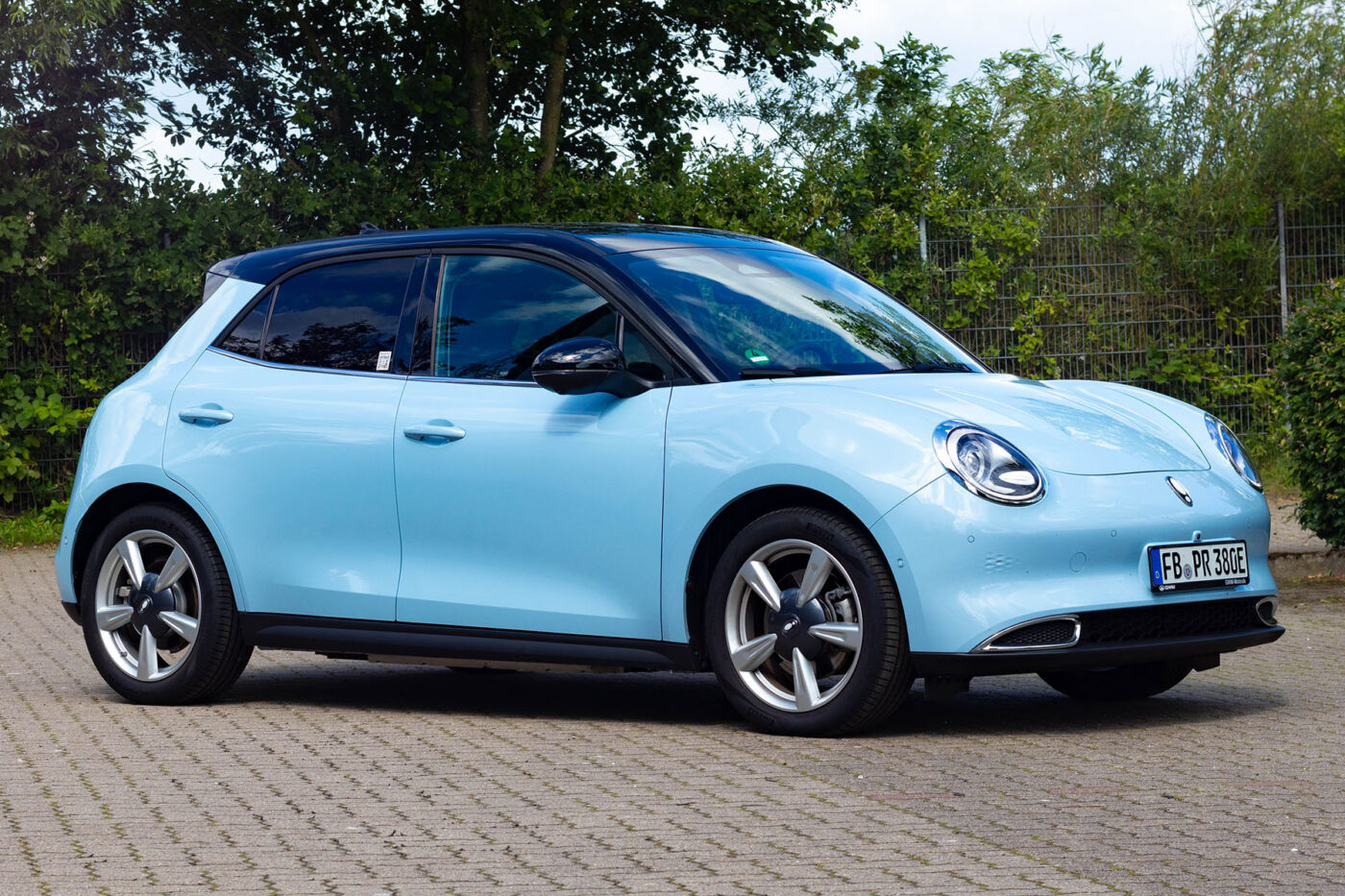
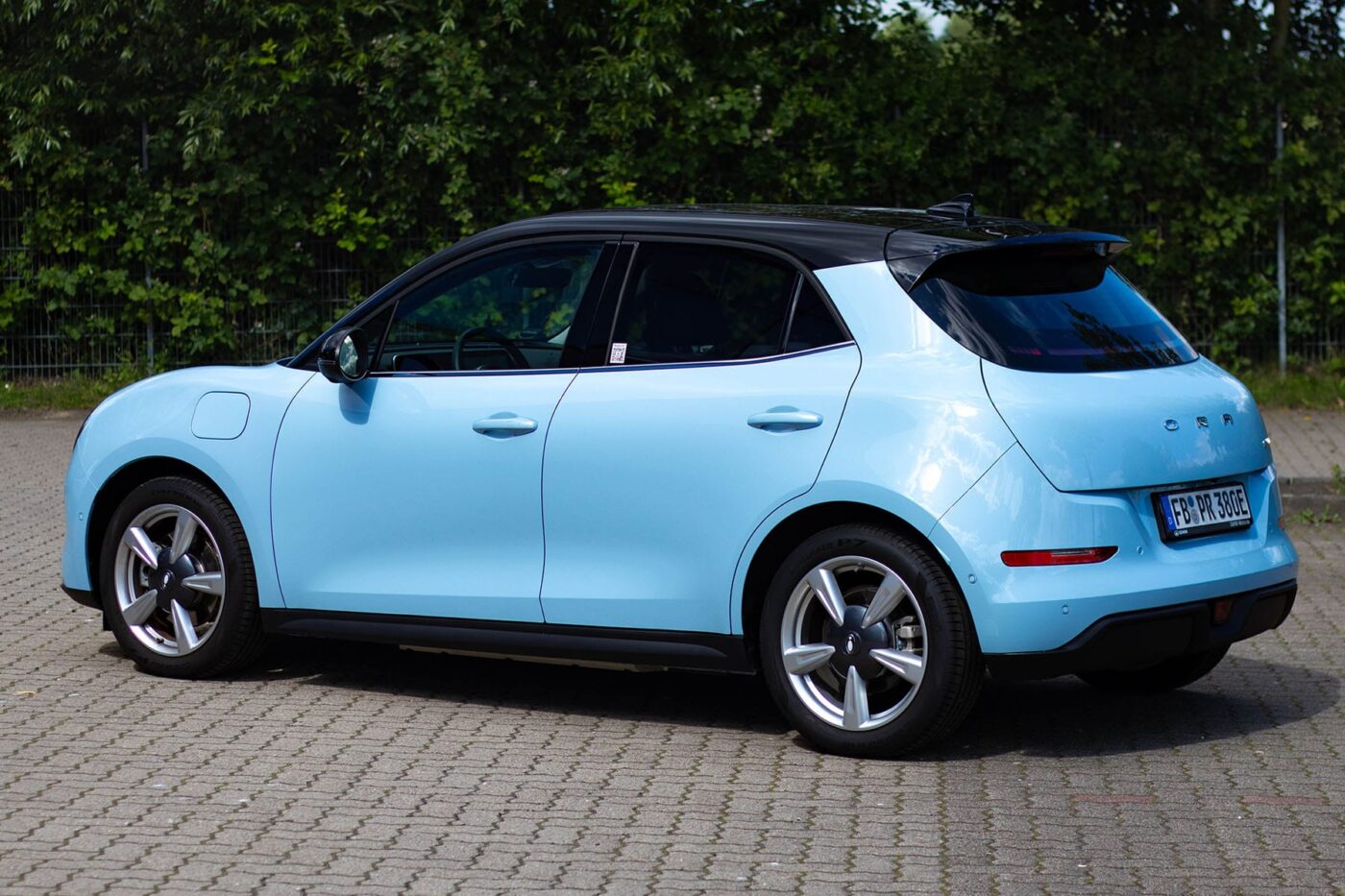
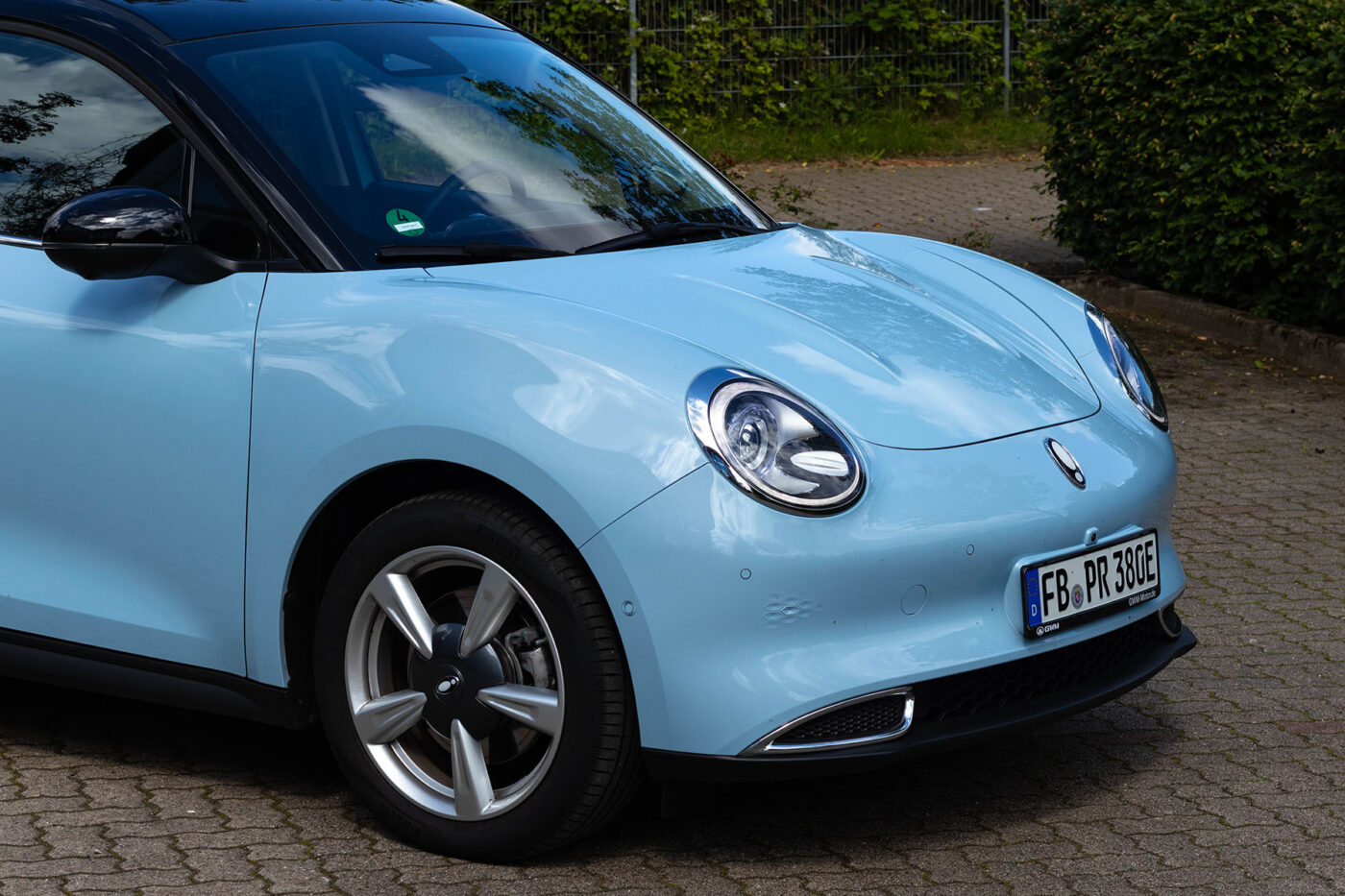
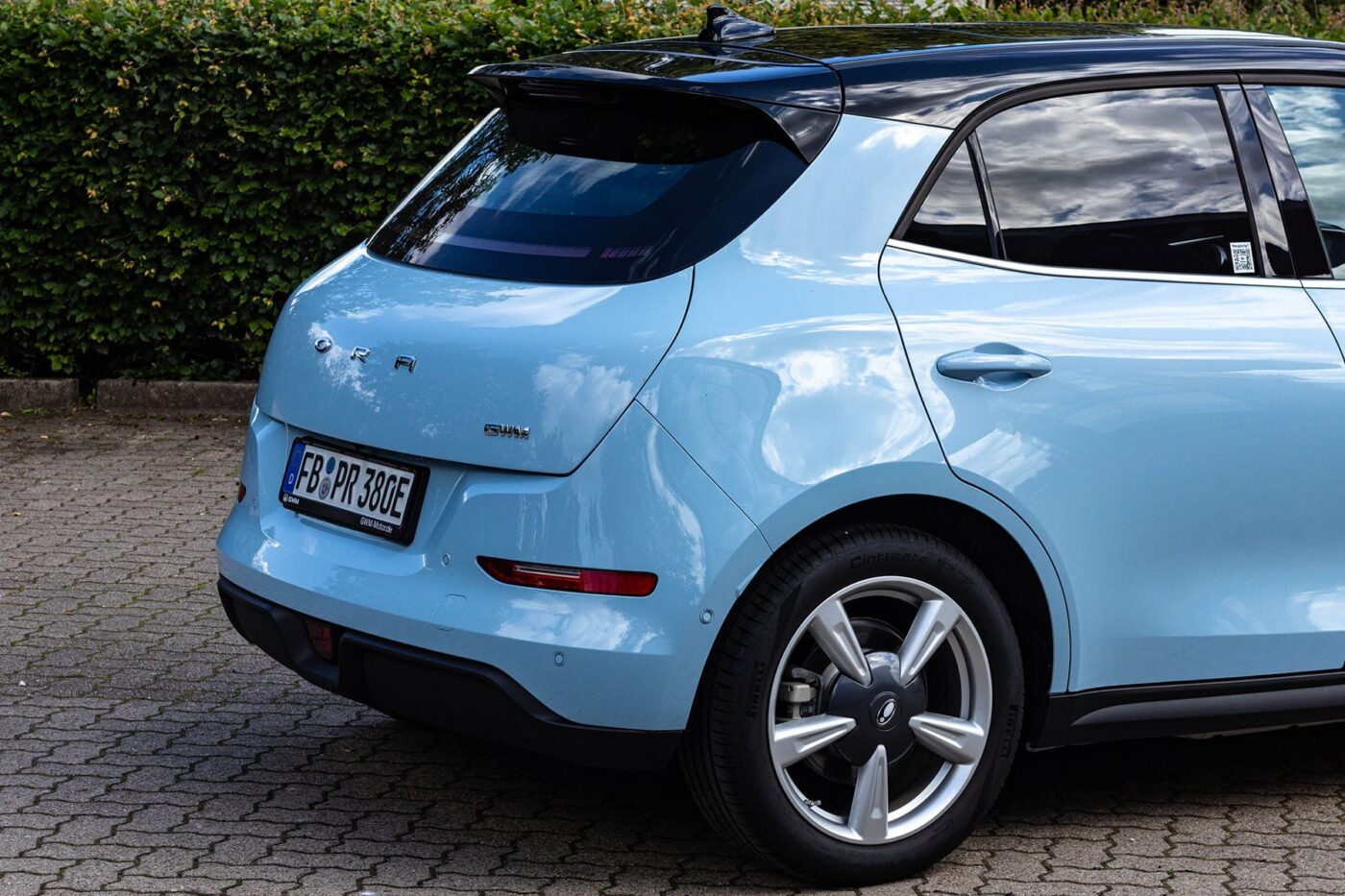
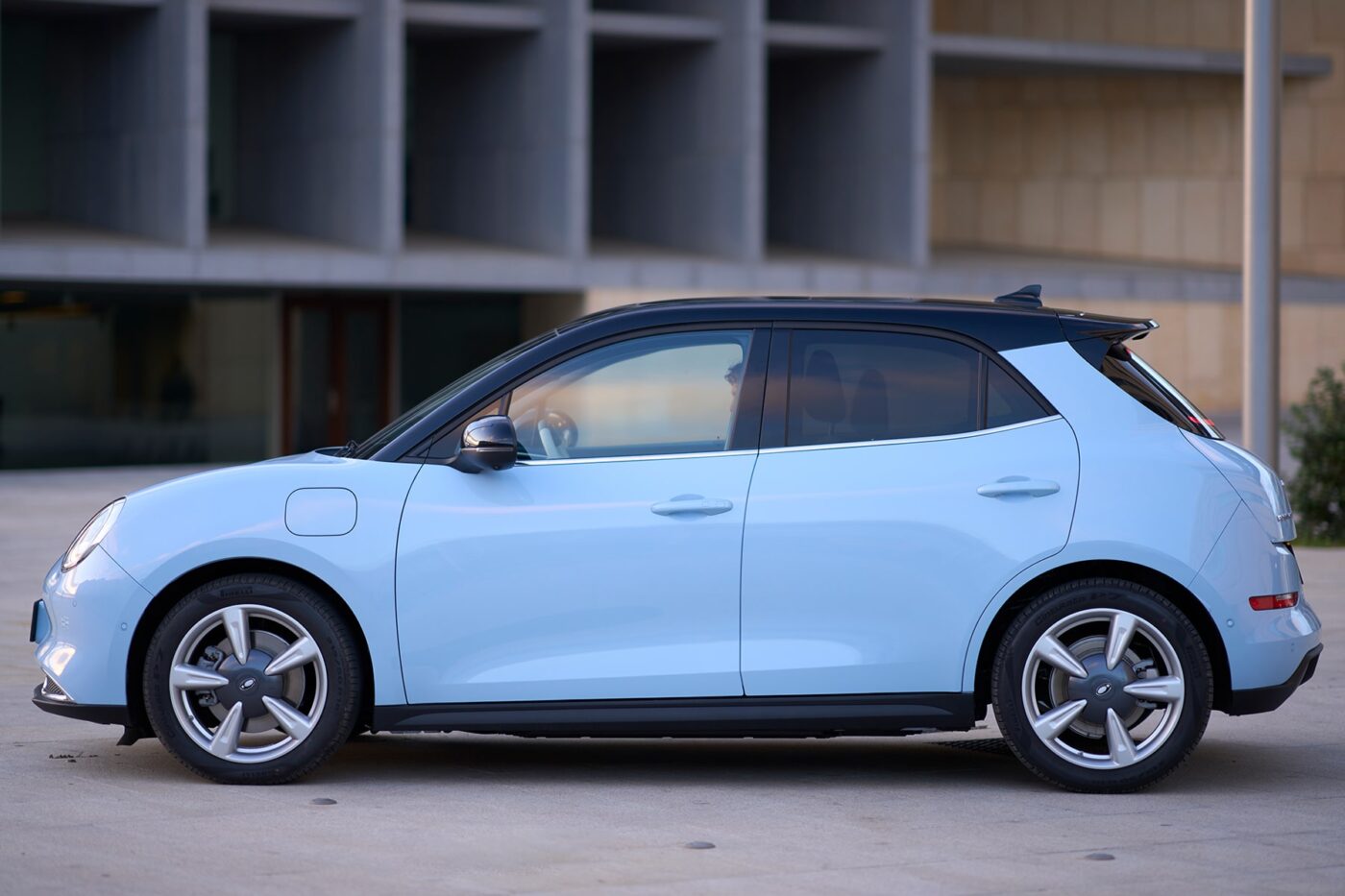
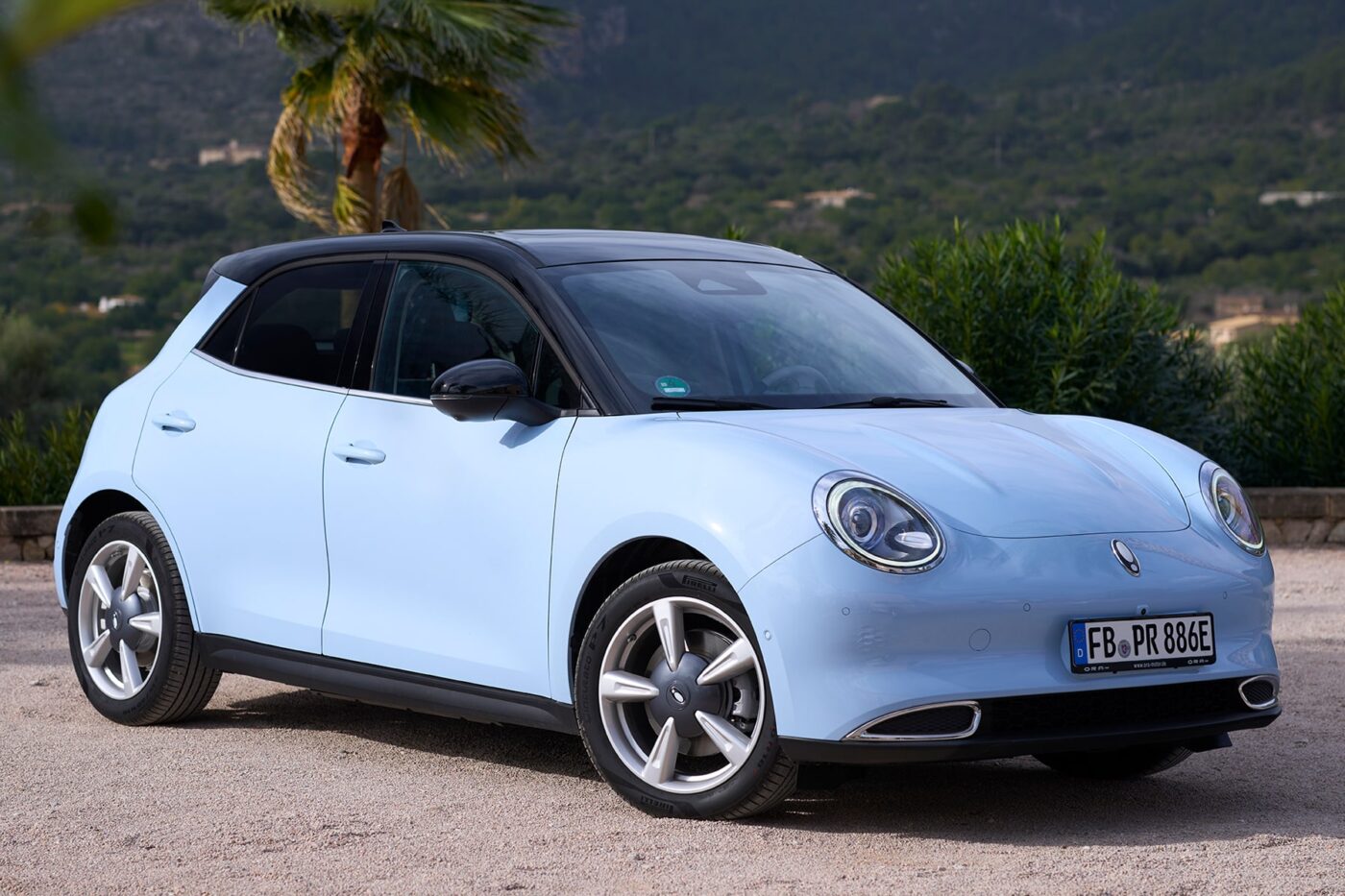
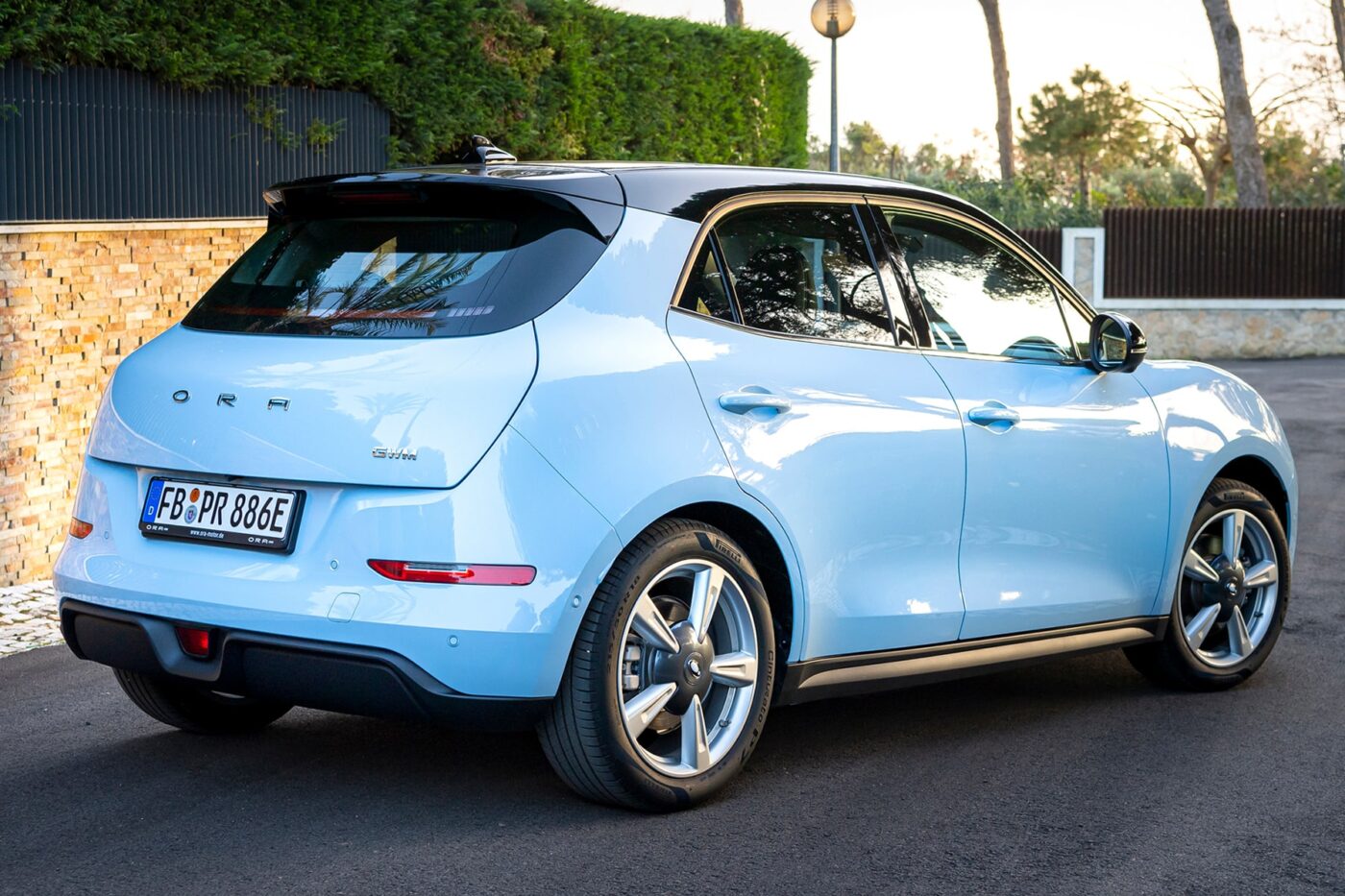
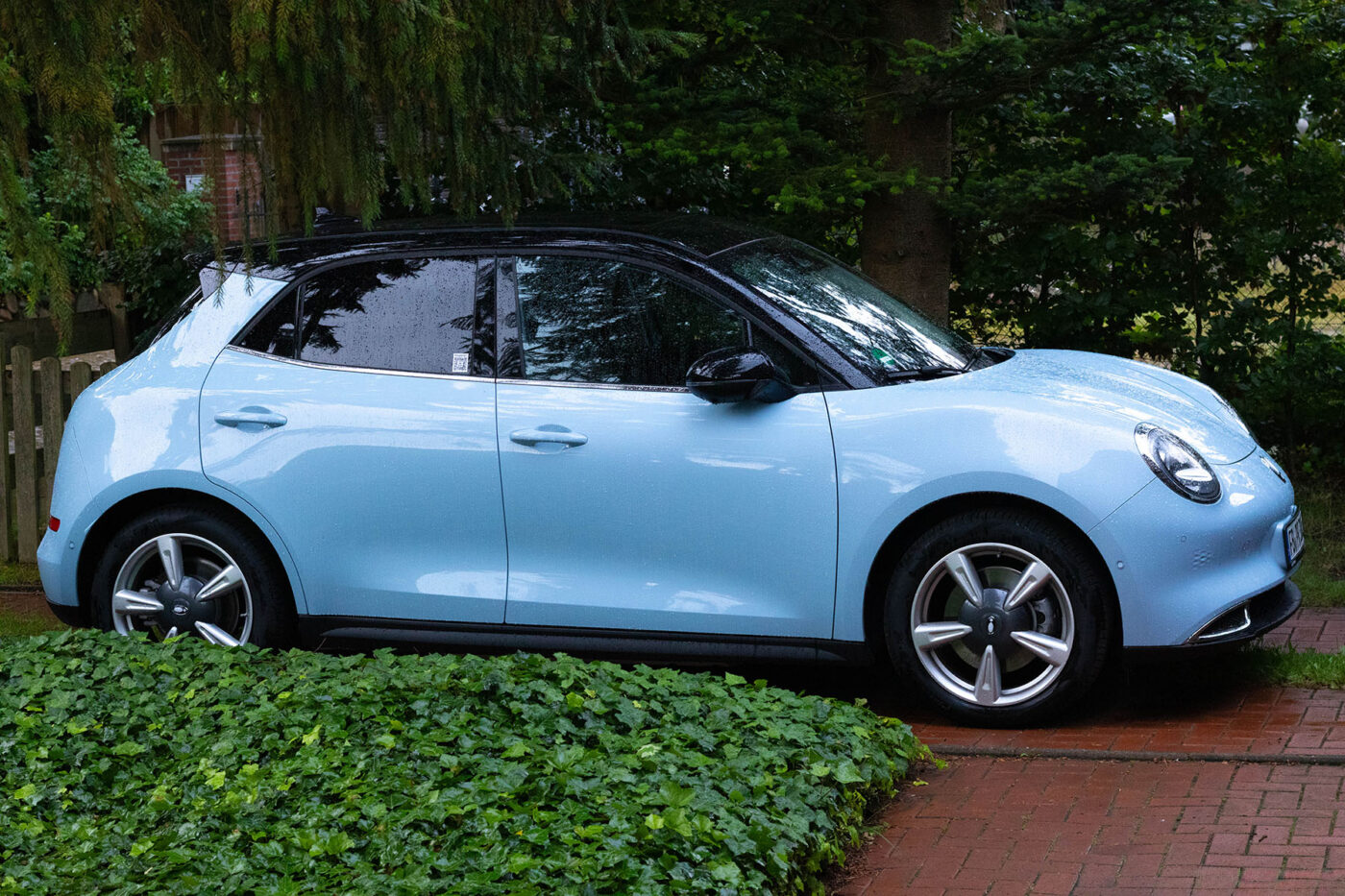
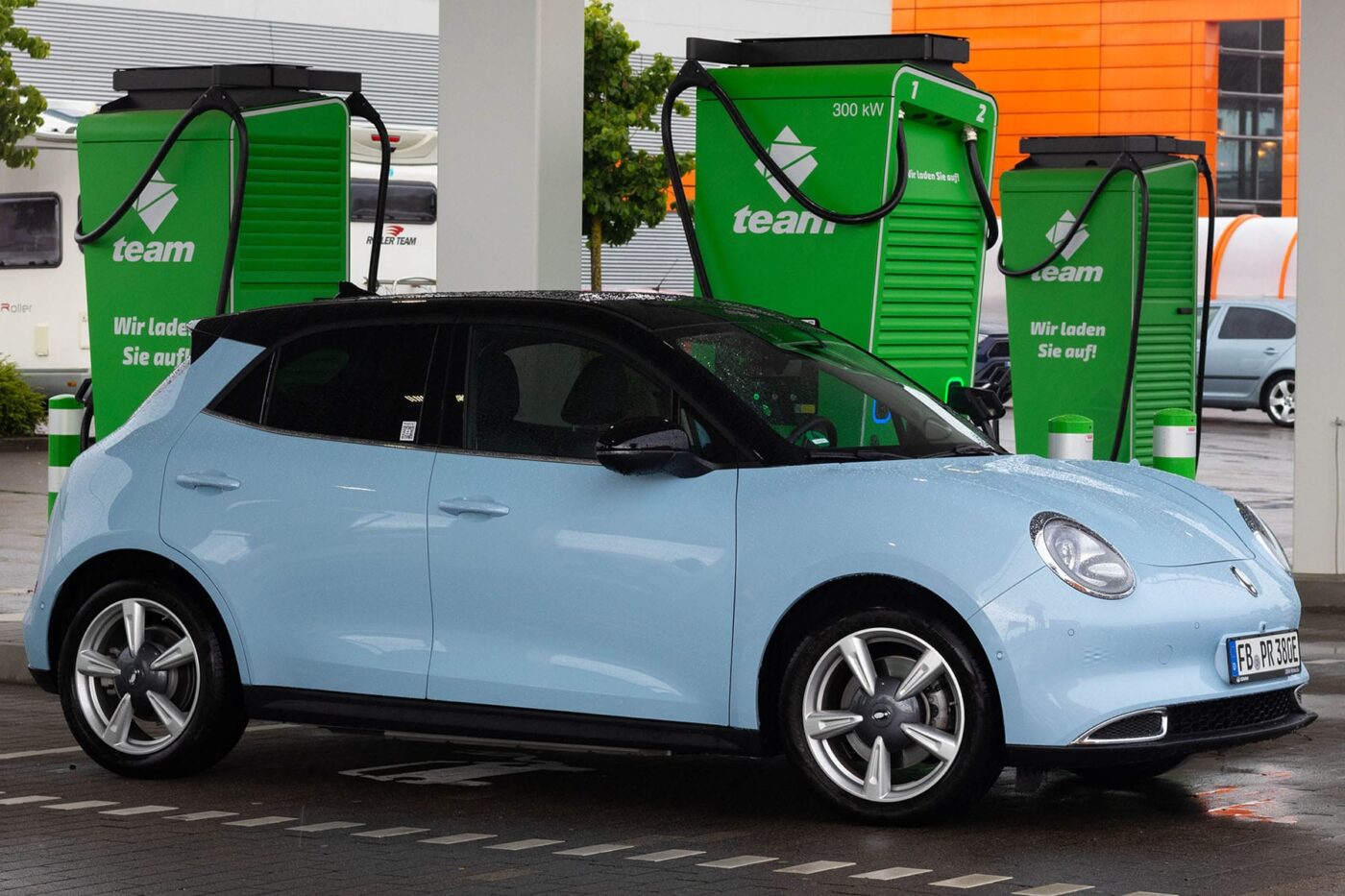
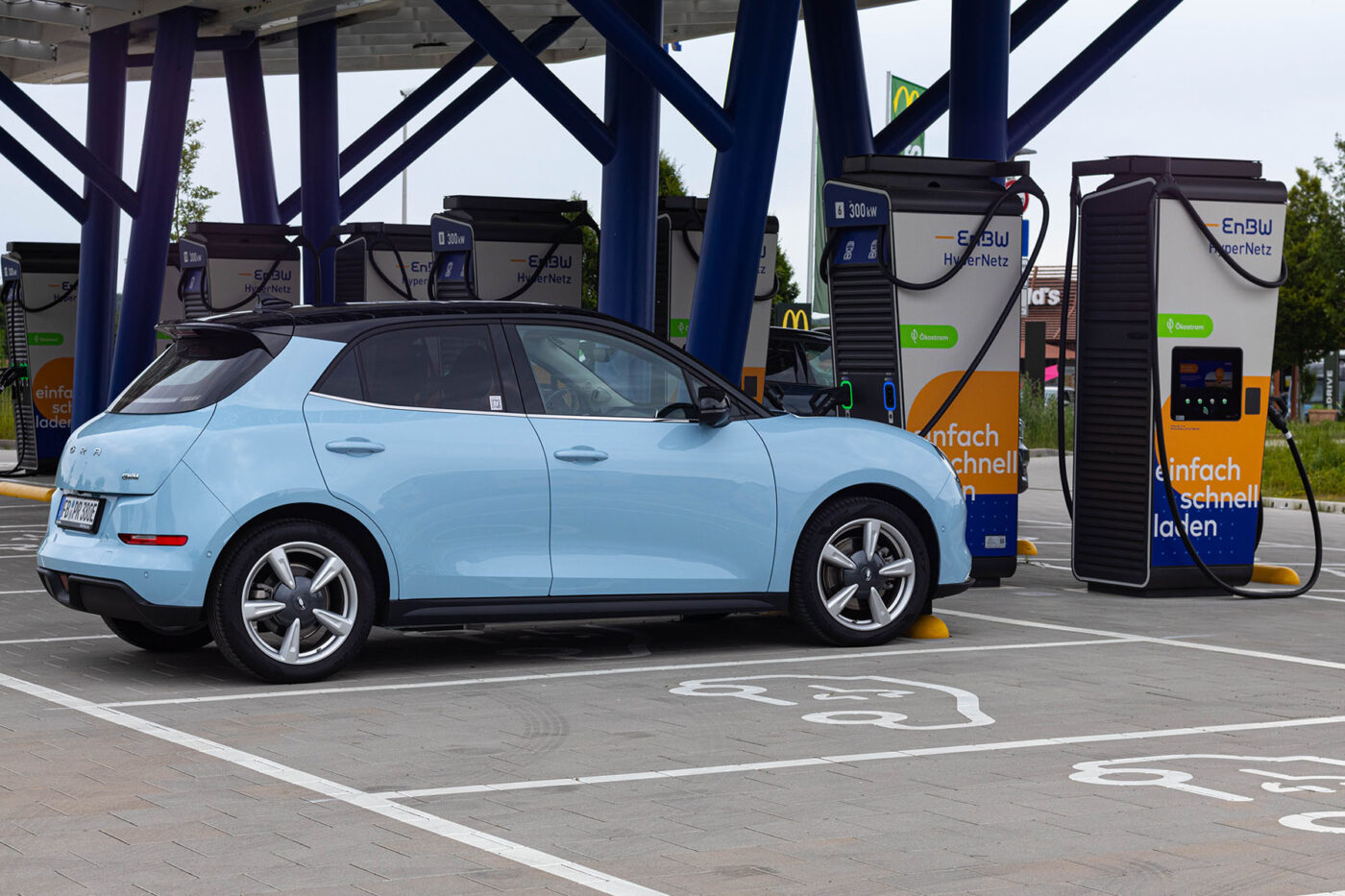
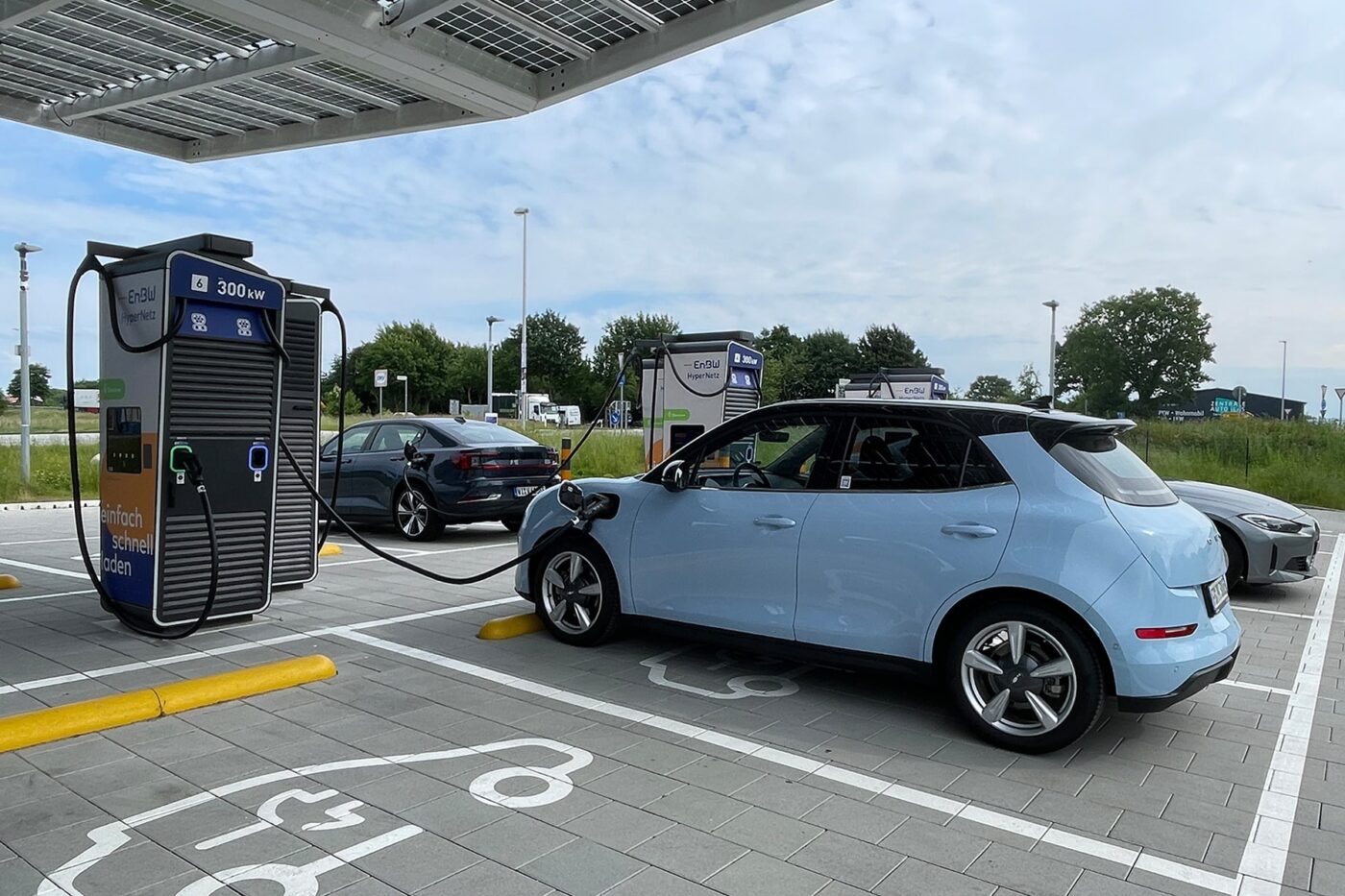
Anyone sitting in the driver’s seat will also find the large exclamation mark on the steering wheel. Changing the logo may only be a small thing. However, what works in Asia does not necessarily apply to Europe. What may remain are the very comfortable driver and front passenger seats, which are also suitable for tall people. In any case, the amount of space is very good for a compact car – even in the rear. The materials used also deserve a positive mention. Be it the quilted door panels, the dashboard or the toggle switches for the climate control in the centre console, which are also familiar from the Mini.
Sprightly speedster with minor weaknesses
Fortunately for me, you won’t find a start button. The key in your pocket is all you need. What annoys me, however, is that nothing happens without the seatbelt being fastened. Quickly driving the electric car into the garage? Not a chance. Set the navigation? Not even that.
Once the seatbelt is fastened, the journey can finally begin. Under the bonnet of our version, the GWM Ora 03 400 Pro+, is a permanently excited synchronous motor with an output of 126 kW, which drives the front wheels. The vehicle accelerates from zero to 100 kph in 8.2 seconds. The manufacturer claims a top speed of 160 kph.
That doesn’t sound impressive on paper, but the Ora 03’s driving performance was impressive in the test. Thanks to its low weight of just 1,615 kilograms, the power of 126 kW and the torque of 250 Nm are sufficient to give the electric runabout a decent drive. Especially in city traffic and on country roads, this allows for swift threading and turning manoeuvres. Overtaking manoeuvres are also no problem. The vehicle masters bends with flying colours. The Ora 03 even cuts a fine figure on the motorway. The light steering somewhat spoils the impression, which lacks the appropriate feedback. Nevertheless, Great Wall has adapted the typical ‘go-kart feeling’ from the Mini Cooper to the compact model.
Good range
A 63 kWh battery (59.3 kWh net) ensures that the drive in the 400 Pro+ will continue for a while. A WLTP range of up to 420 kilometres is specified. Ora also offers a variant with a smaller battery, albeit not for the 400 Pro+. In this case, 45.4 kWh (47.8 kWh net) provides a range of up to 310 kilometres. For comparison, an ID.3 with 59 kWh (medium battery) has a range of up to 434 kilometres on paper, while an MG Motor MG4 with the 51 kWh battery (smallest battery) theoretically manages up to 350 kilometres. The Mini Aceman should be able to travel up to 406 kilometres with its 54.2 kWh battery. The Ora 03 thus ranks well here and has nothing to hide.
In practice, it performed as follows: During a first trip in 2023 in spring-like temperatures in Portugal, consumption values were between 14.9 kWh/100 km (city driving with a small proportion of country roads) and 18.5 kWh/100 km (mainly country roads with a small proportion of motorways). These values could also be repeated here in the far north near Hamburg under similar conditions.
That results in ranges of 390 to 320 kilometres for the large battery. When driving purely on the motorway at 120 kph, where possible, the value climbs to 20 kWh/100 km, which is still a good 300 kilometres. So, what was written on paper holds true in practice.
Patience required at the High Power Charger
Unfortunately, the predicted performance at the fast charging station also holds true. While the consumption values and possible ranges are good for this vehicle class, it is not the case with the charging time. Ora specifies 67 kW as the maximum DC charging power, meaning that charging from 15 to 80 per cent takes 48 minutes (43 minutes for the small battery). As can be seen from the charging curve, the charging process from ten to 50 per cent took approx. 23 minutes, and from 10 to 80 per cent, it took 50 minutes. That’s too long for my liking. But maybe Ora will manage to improve the charging time with an update.
On the AC side, three-phase charging with eleven kW is possible – industry standard. Charging from zero to 100 per cent then takes 6.5 hours. With the small battery, the charging time is 5.5 hours.
Speaking of updates, although charging points are displayed in the navigation system, Ora uses data from Here. However, there is still no route planning with charging stops, and the information on charging points is also relatively sparse. It may be better to use one of the many smartphone apps. In the meantime, the Chinese have delivered the promised update to support Android Auto and Apple CarPlay. The integration worked very reliably in the test.
Improvements required for assistance systems
I also hope that individual assistance systems will be fine-tuned. There is clearly some catching up to do here. For example, the standard cruise control, which is supposed to slow down to a suitable speed on bends, was too rough. Unfortunately, it can only be set up to 120 kph – a pity. If the ’emergency steering function,’ i.e. the lane departure warning system, is activated, the Ora intervenes too often to correct the situation. If the centre marker is missing, the vehicle tends to pull towards the centre of the road. I frequently found myself in precarious situations, especially on narrow country roads. Added to this were the constant warnings. There is a need for action here, even if the assistant could be deactivated before every journey. Many other assistants are also available as standard, such as distance radar, blind spot warning and a 360-degree camera, all of which work reliably.
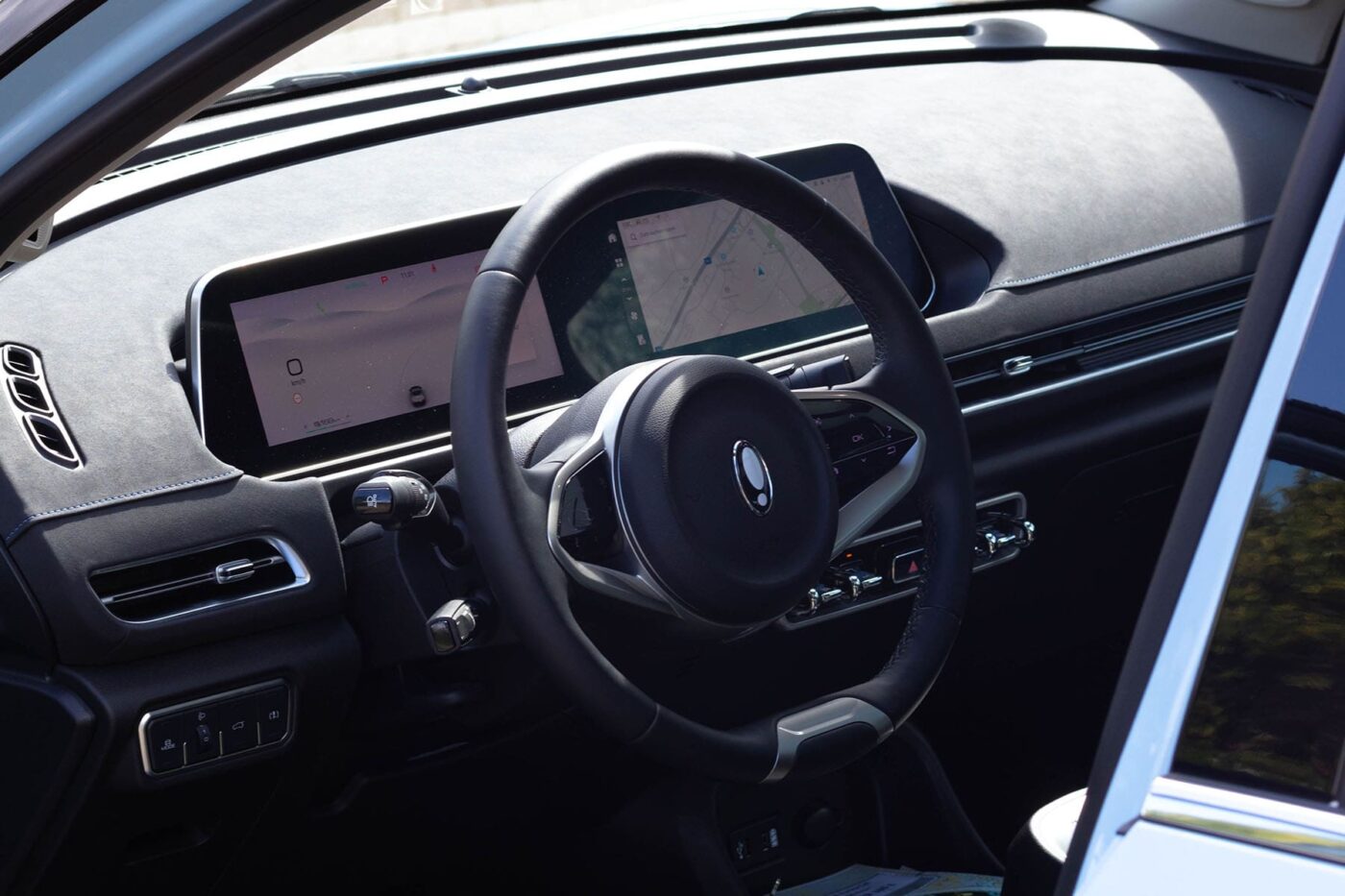
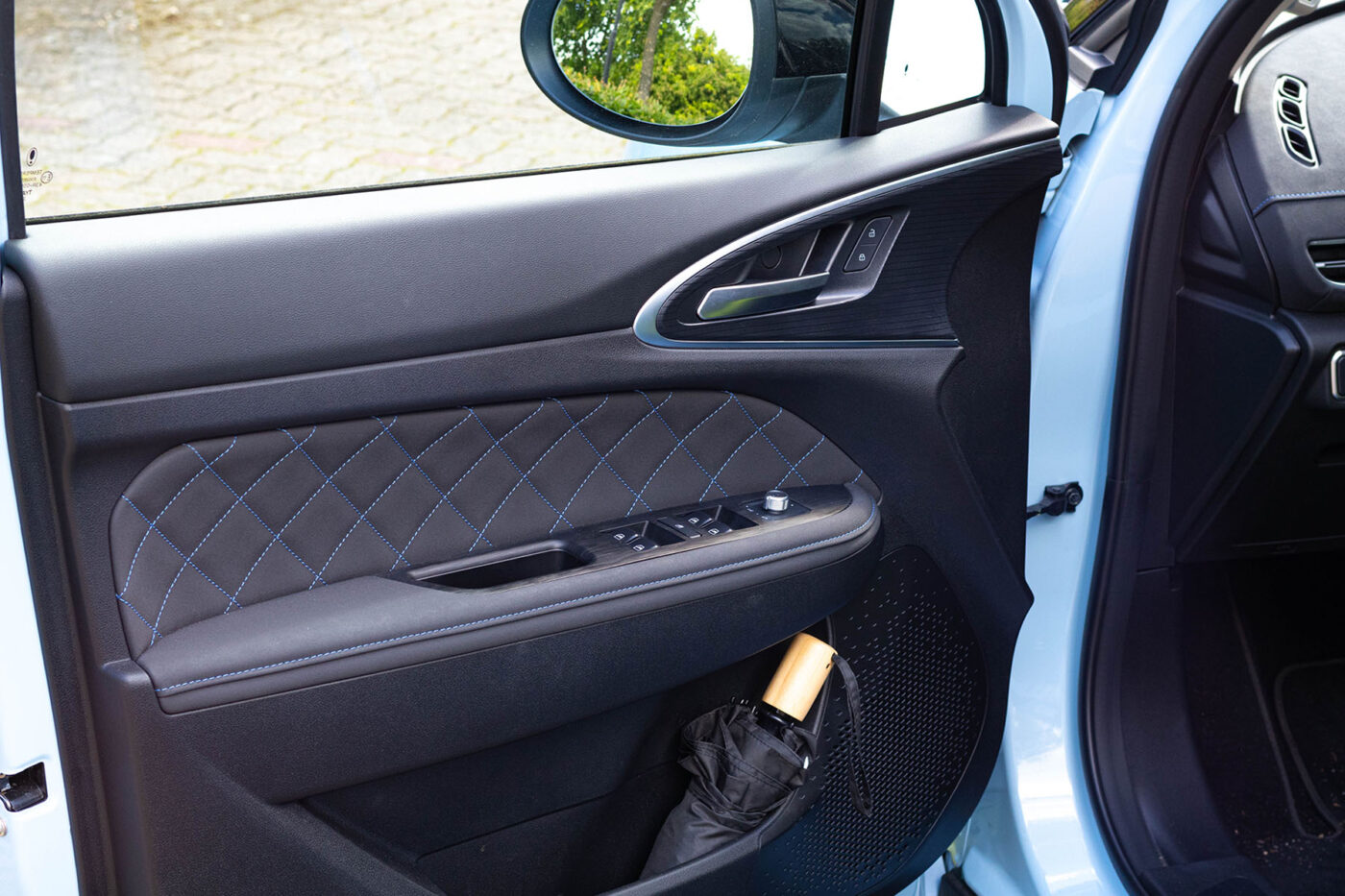
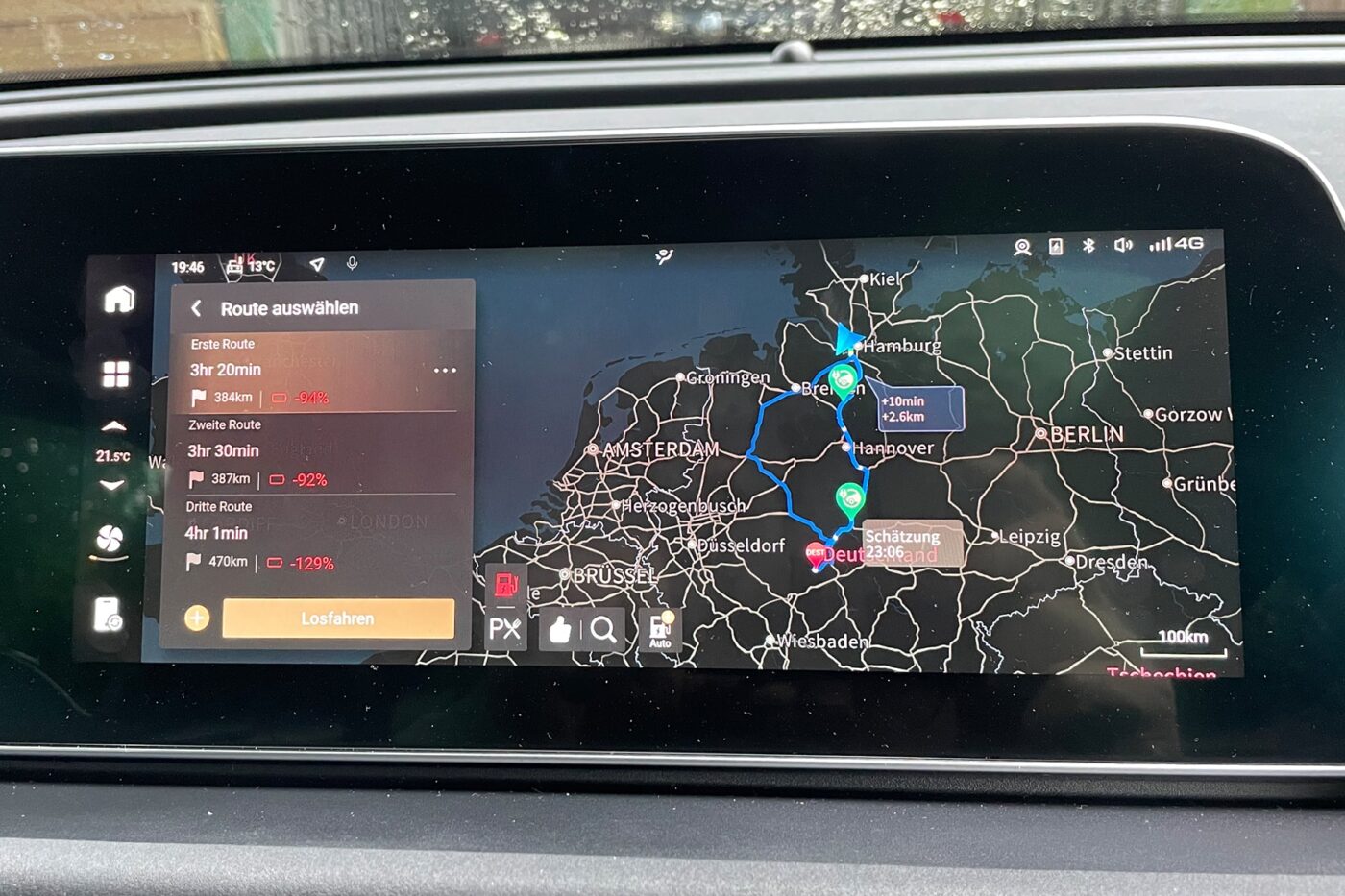
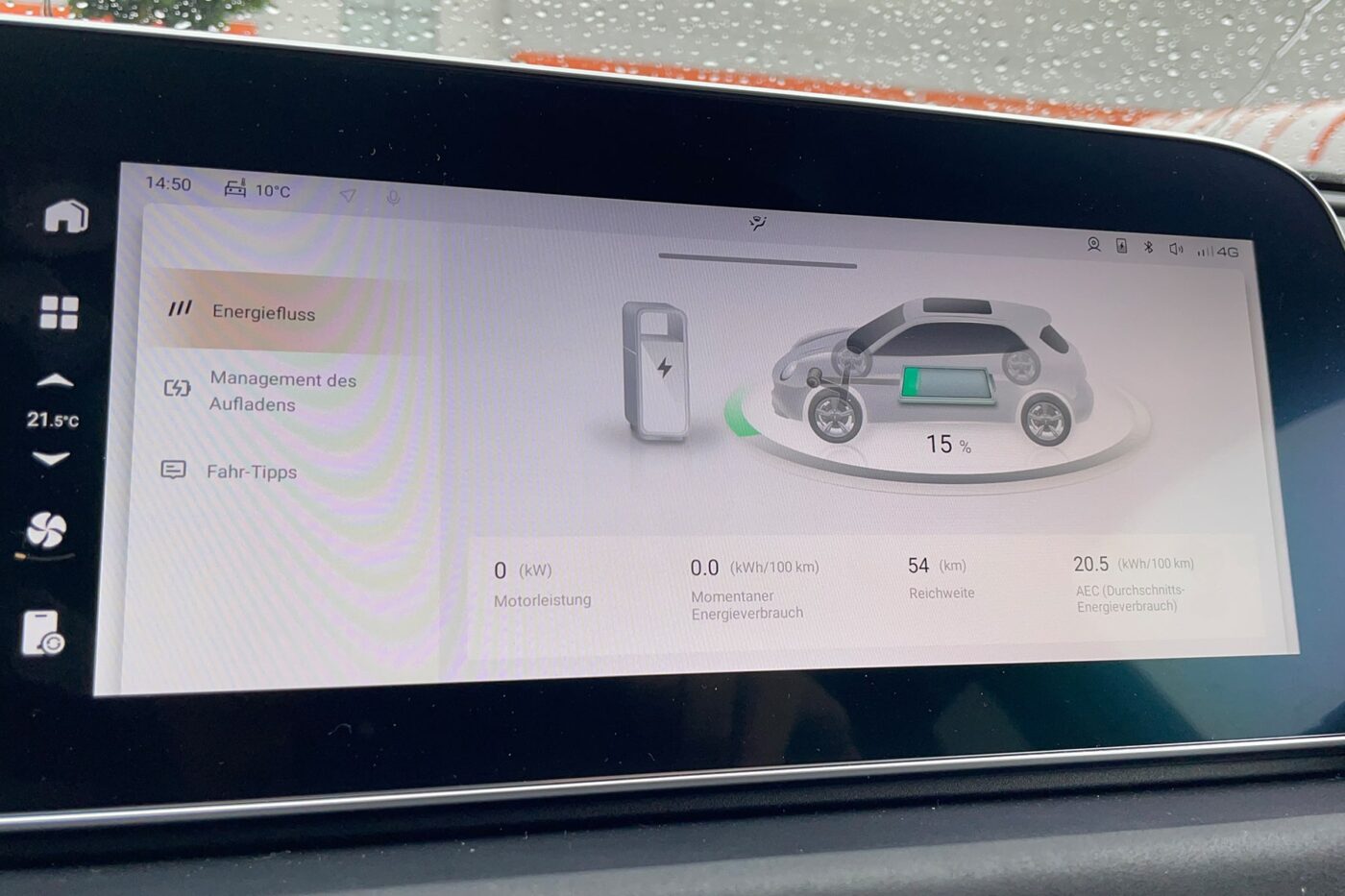
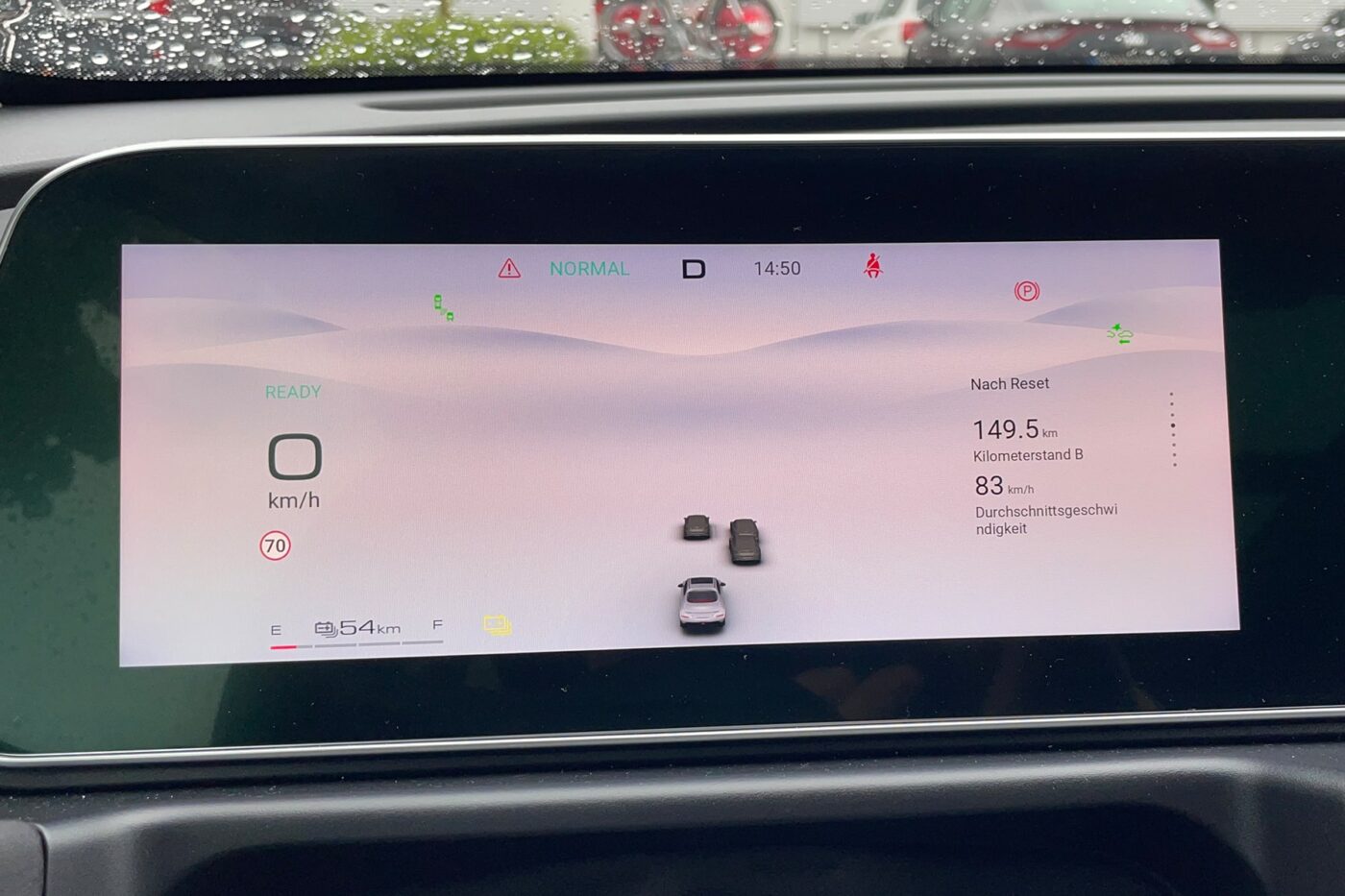



However, all of these also need to be operated. And this is where weaknesses once again became apparent. The control panels and fonts on the central display are too small. There are also some translation errors in the system. Fortunately, the constant reminders not to be ‘absent-minded’ as soon as your gaze wanders off to the sat nav can be deactivated. But that can’t be the point of a safety system either.
There are also compromises to be made in terms of boot space. As comfortable and spacious as the interior may be for a compact car, the load compartment offers very little space. Just 228 litres are available here. With the rear seats folded down, there are 858 litres, but not as a flat surface.
Conclusion
There is no question that the GWM Ora 03 wants to convey more driving pleasure than practicality, which, in my opinion, the model does – Mini sends its regards. The intended ‘fashion and lifestyle-orientated target group’ fits in with this. The new brand from China has not yet achieved cult status and is unlikely to do so. But, thanks to its looks, the model might win many hearts and has what it takes to become a popular favourite, as I summed up a year ago. I stand by this statement. However, the impression is dampened by the aforementioned weaknesses. Some of these are bearable; others, such as the ’emergency steering function’ in its current mode of operation, are not.
The 400 Pro+ costs 47,490 euros. The basic version with a small battery, on the other hand, starts at 38,990 euros. Although this is already the fully equipped version, it is a hefty price for this vehicle.

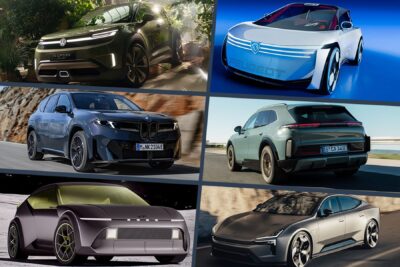


2 Comments